Name: Rebecca (Becky) Stone
Practice Area: Resorts + Hospitality
Years at OZ: 25
What sparked your interest in architecture?
I took a mechanical drafting course in high school and was hooked. I loved the combination of art, creativity, problem-solving and science. I designed a pavilion during my junior year and stayed late after school, excited to complete the homework and go above and beyond.

At Iowa State University, I enjoyed the design classes – we got to make things, use our hands and work as teams – the schooling was interactive. In 1992, I studied for a semester in Rome, and our group traveled extensively around Europe. This experience changed the way I approached my future and architecture. It was invaluable!
Tell us about your career journey and what led you to specializing in your practice area.
My career has been one of mentorship, chance, fearlessness and experience. I have embraced the path that these opportunities have weaved for me and they have helped form a 25 career that I have loved. Architecture and design are more than a career for me, it is a way of life and a passion.
While in architecture school at Iowa State University, I would come out to work at Keystone Resort over my winter breaks. I was a seasonal employee and a hostess at the Der Fondue Chessel on top of North Peak Mountain. This job was perfect because I could ski all day and work at night.
I worked at Keystone for three short seasons over my breaks, each one providing me with valuable first-hand experience that continues to influence my work when designing employee housing for resort communities. The first year I lived in Sagebrush employee housing, which was similar to a dorm room environment. In the second year, there was not enough housing for seasonal staff, so I lived at the Outpost on top of North Peak Mountain for five weeks with a group of friends who worked for the resort, some of them in hospitality positions. Pinched for space, we slept in the coat room, which didn’t really phase us at the time because we had the benefit of catching first tracks every morning when Keystone started the lifts. I think about my experiences as a young adult often when I’m working with our Practice Area to design spaces that meet the needs of the workforce and on-mountain food and beverage venues.

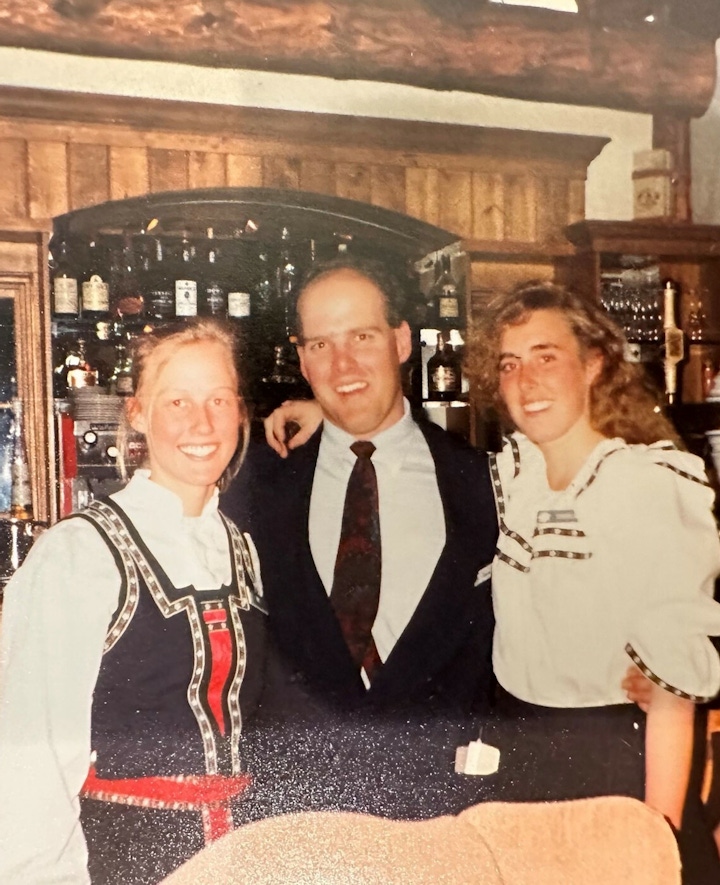
I graduated from Iowa State in 1993 with a Bachelor of Architecture (BArch). One of my architecture professors, Herbert Gottfried, encouraged me to apply for graduate school. He taught critical theory, and at the time, I thought I would want to teach architecture someday. I applied and started at Cornell University in August 1993, graduating with a Master of Architecture (March) in 1995.
Cornell Graduate School of Architecture, Art and Planning was a school that focused more on theory than practice. I enjoyed the dialogue, the teaching experience and the school’s approach that design is enriched by a strong concept. After graduating I was eager to practice the trade. Ithaca was also very cloudy, so I moved to Colorado for the sunshine and outdoor lifestyle I had grown to love from my Keystone days. I got a job working on production houses for Arlo Braun & Associates. I learned a lot from Arlo. His theory was that everyone (even those buying a starter home in the suburbs) deserved to live in a well-designed home. I have taken this theory with me ever since.
I started working at OZ in 1998 and chose this firm because my peers in the industry said that OZ had the best culture, opportunities for women and with a collaborative team approach. I still enjoy this unique culture! OZ had just started working with Intrawest on ski resorts and I started working on Copper Mountain Base Village with Michael Noda. I learned a lot from Michael – mainly how to be a “little cockroach with a big stick,” or in other words, how to be humble, how to listen, how to be resilient and how to adapt to changes, both in projects and within the economy. Some of my first projects were at Keystone River Run Village and, ironically, employee housing! I loved the mix of resort clients and creating ‘places.’
Between 1998 and 2006 I worked with Intrawest on its placemaking strategy and building designs for just about every resort within the portfolio. I’ve worked with terrific mentors and collaborative partners at Intrawest, including Ray Letkeman of RLA and Eldon Beck of EDG. Some of our memorable projects together include:
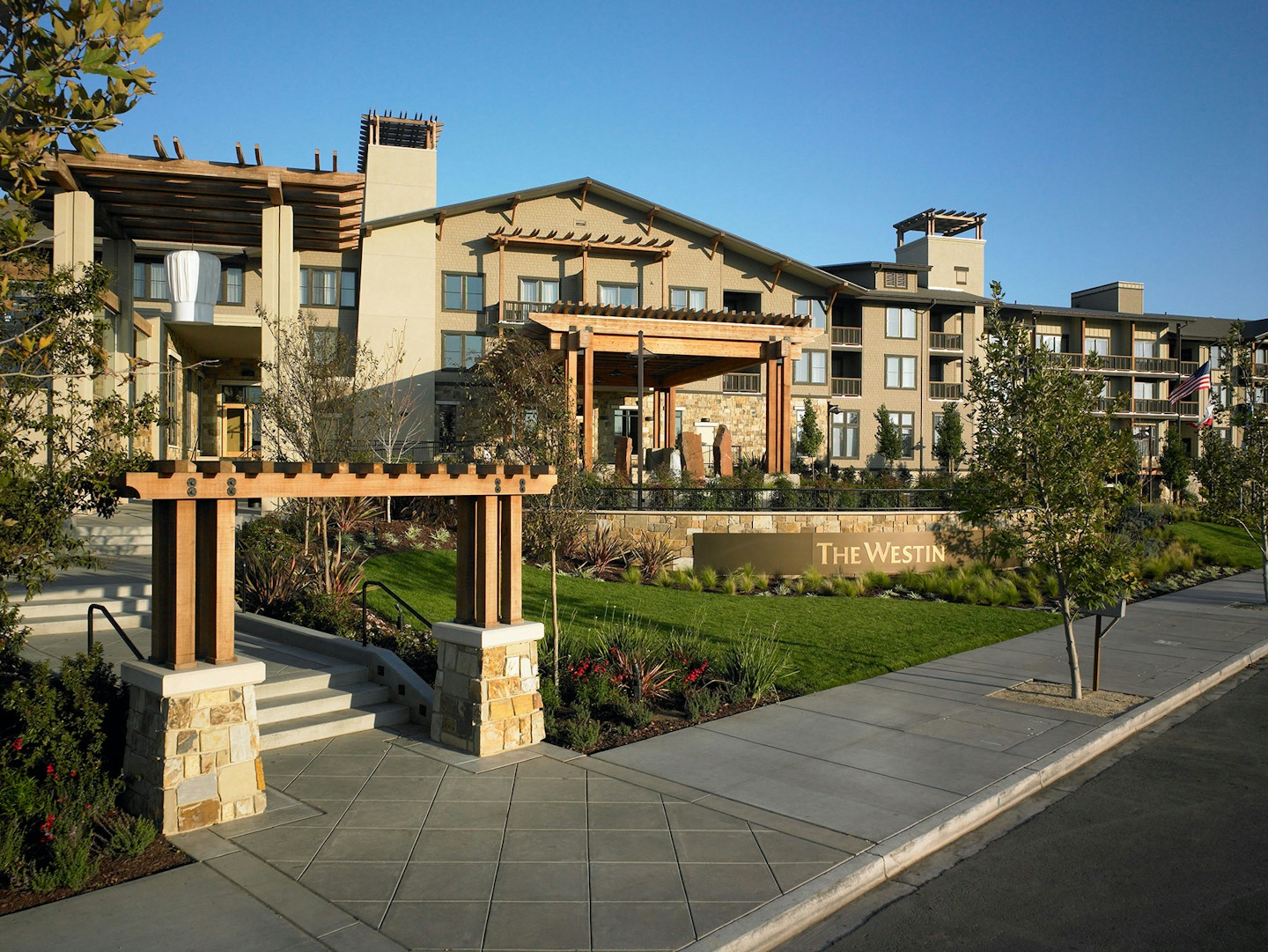
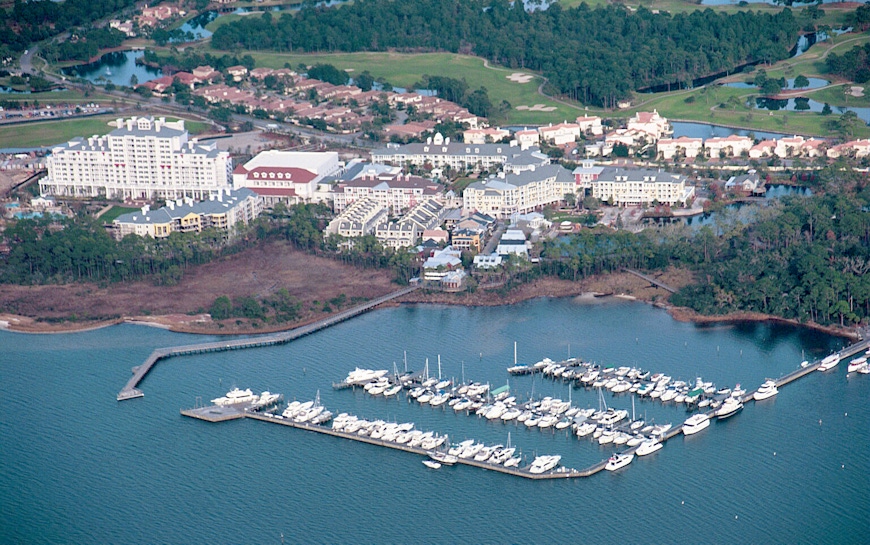
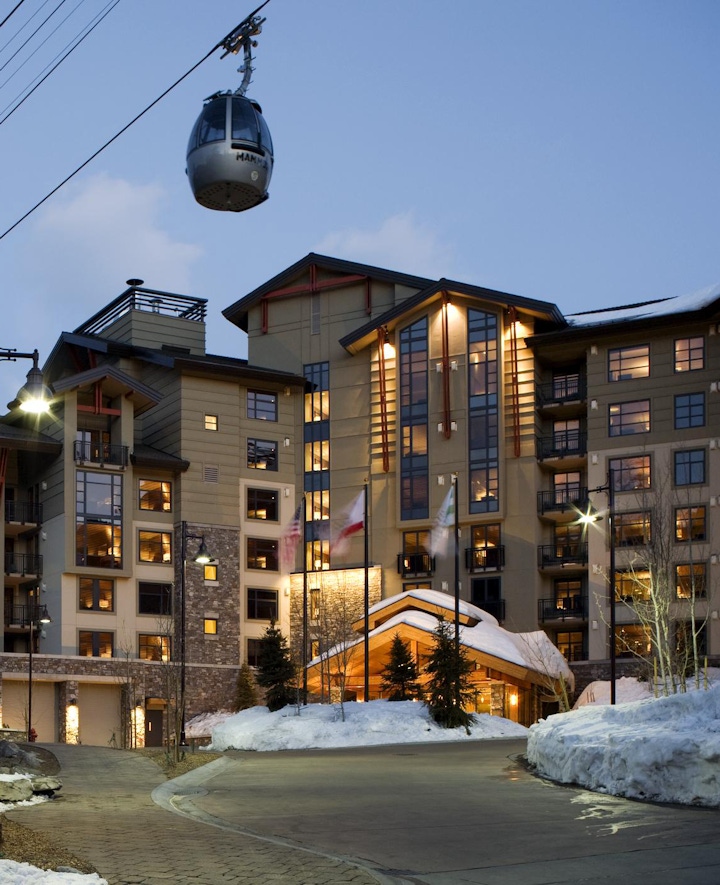
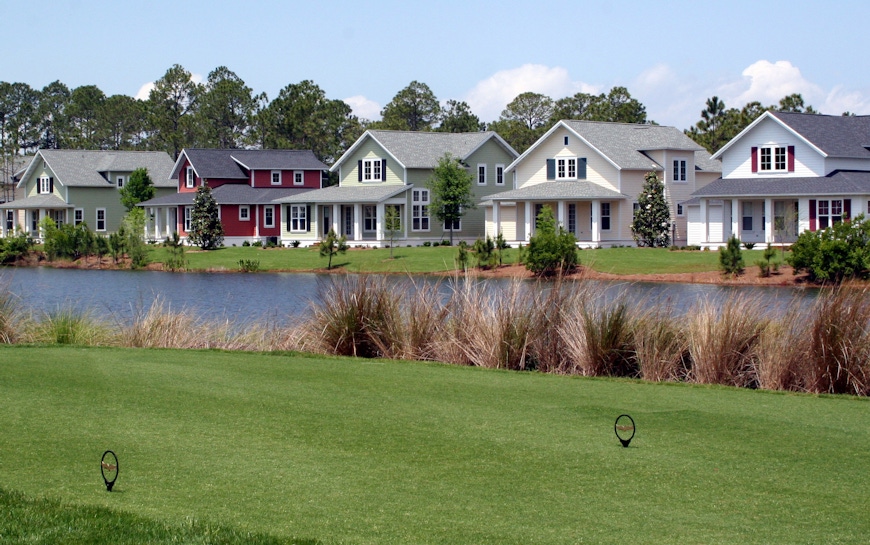

After the Intrawest years, I spread my wings and worked on exciting resort projects nationwide. I was interested in hotel design, and OZ is a place where personal interests and an entrepreneurial spirit are encouraged. So, I happily dove into hotel design and development, where I’ve led new builds, renovations, historic preservation and up-branding projects. Some of my favorites include:
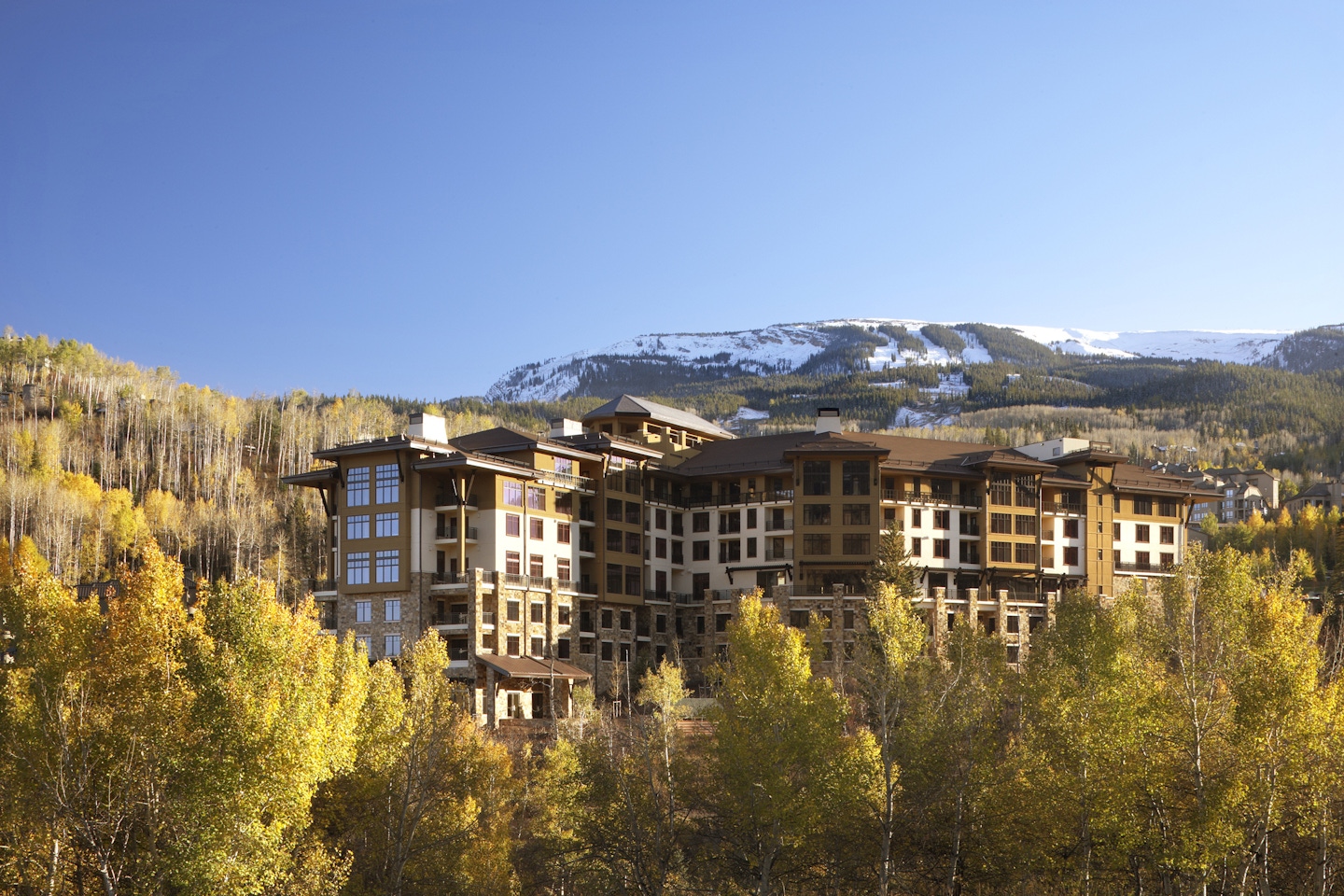
In 2013, I met restaurateur Robert Thompson and teamed with him on Punch Bowl Social, designing and rolling out 13 venues across the country. I especially enjoyed the adaptive reuse venues, including an old warehouse, an airport terminal, a boxing ring and an auto body shop and the challenge of converting them to eatertainment destinations featuring old-school games, bowling, social spaces, and elevated food and beverage. Many of these had historic preservation components, which was also very rewarding to incorporate.
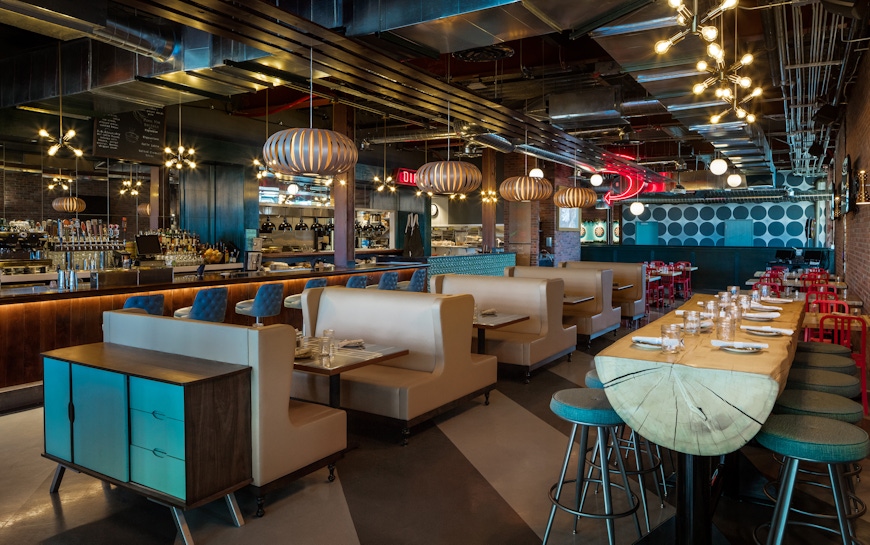

In 2018 the resort market moved toward lower-density, retreat-style development. During this time, several unique projects have continued to serve as the most architecturally creative and fulfilling of my career, allowing me to combine my hospitality and resort expertise. Lone Rock Retreat in Colorado, A Ranch Retreat in the Carmen Valley of California, and Homestead Ranch in Whitefish Montana all include some form of cabin-style lodging, lodges, social spaces, elevated food and beverage and ‘the space between’ — the areas where guests walk from building to building, experiencing the outdoors in mountain environments.
Today, I am working on a project I first worked on in 1998 when I arrived at OZ – Kindred Resort. I first worked on this site for Intrawest in 1999. Four developer teams have explored developing this property and as of 2022, it is finally under construction!
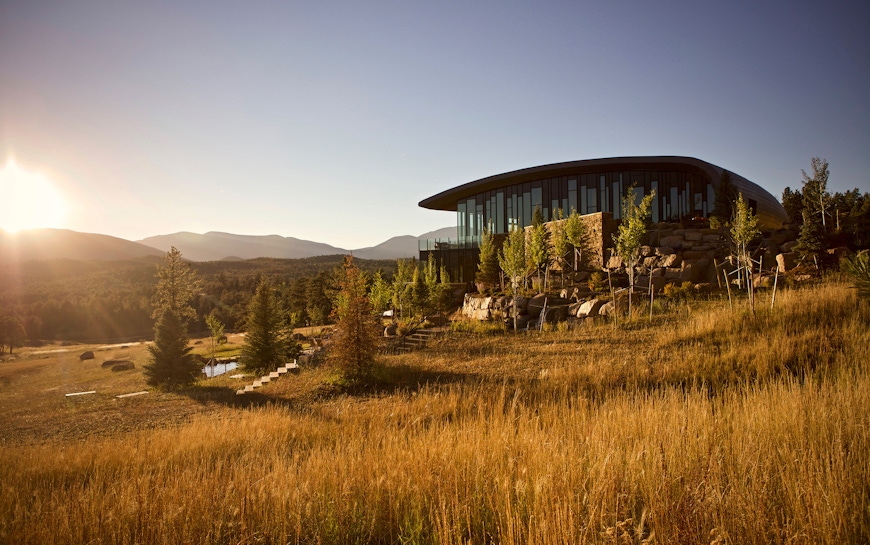


What’s something people might not know about your practice area?
We design WITH our clients – we love design charrettes and hosting interactive workshops where our clients and other project stakeholders become part of the process to develop the design story, the program, the building character and the interior vibe. This inclusive work style is fundamental to us and our clients enjoy the active participation.
We have large and collaborative teams. There are often 20-30 professionals at any one time working on resort and hotel projects for years on end. We embrace a collaborative approach, and the entire team is vital to the process and the success of the property. We develop deep relationships with our clients and consultants over the project durations and the size of our internal practice area somewhat mirrors a small firm, with a ton of expertise under one umbrella.
We travel! We enjoy working in new places and designing to fit the context. We also enjoy the construction-phase process and travel 2-3 times a month to the job site to walk the construction progress ourselves. We are a very hands-on team and enjoy the initial design as much as the construction.
How would you describe your design approach?
Our team almost always starts a project with a design charrette where stakeholders gather and weigh in on tenants, design drivers, planning needs, programming and financial goals. This collaboration from the onset of design helps us bring the needs of all stakeholders together with creative vision and design.
We work very fast, and many iterations of a design approach are common. We explore and stretch the group to think outside of the box. We drive design but realize that great ideas can come from anyone, and we listen very acutely to all opinions.
We are problem solvers and creative thinkers, and we are also aware of end user goals and operator budgets. For us, success is when everyone feels some of their ideas and vision show up in the end product.
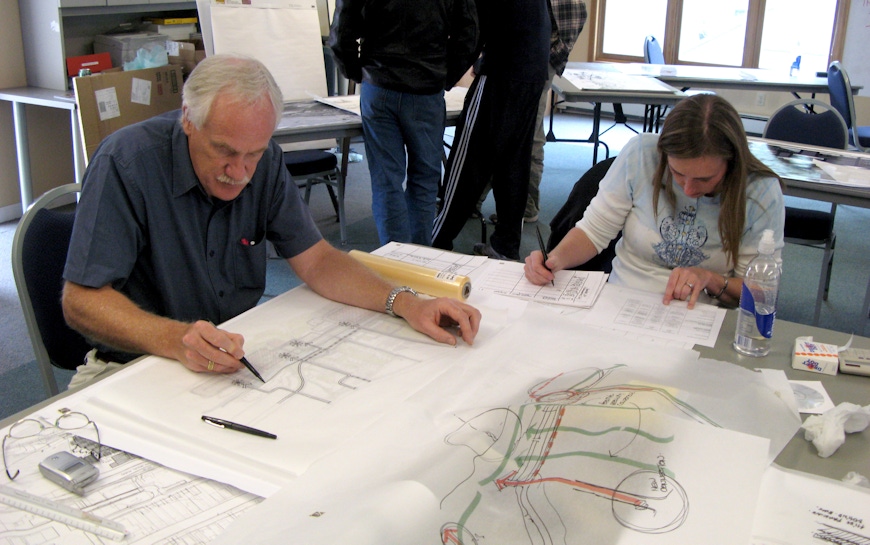
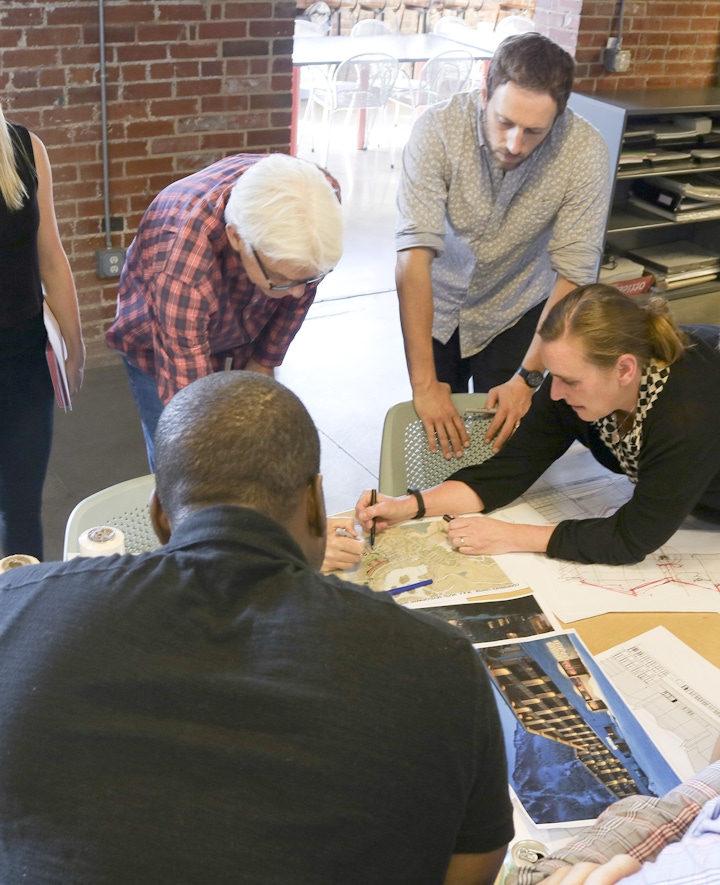
What is the most difficult part of your job? Your favorite part?
The most challenging part is waiting for funding or permit comments, when we have a ton of momentum on a project.
My favorite part is working with our strong team of experts whom all bring their individual points of view and experience to create something special. I love the envisioning and storytelling process. I have been working on resort master planning and this process involves a lot of conceptual work, setting the vision for the property and establishing differentiators. One of the most prominent master plans I have worked on recently is Mayflower at Deer Valley. This village is one of the first new resort properties to be constructed in 20 years.
What are some of the most interesting projects you’ve worked on recently or are currently working on?
Lone Rock Retreat – This has been an opportunity of a lifetime. A retreat for the education community emphasizing social interaction, equality, inclusion, resort feel and high design. This project won the Western Mountain States AND the National ENR Best of the Best Hospitality award.
Kindred Resort – I have worked on this project in four different periods, with four different clients and completed four different designs. First in the late 1990s, then in 2004, again in 2011 and am currently working on it again. It is under construction — a 25-years in-the-making building for my career.
Viceroy Snowmass and Snowmass Base Village – This was a fantastic opportunity for me. I worked on this hotel with Aspen Ski Company, Intrawest, Kore and Related. Creating a sense of place at Snowmass was challenging and rewarding.
Masterplanning Resorts – I have been fortunate to work on the vision for Schweitzer Resort and Mayflower Resort, creating unique experiences for each through design.
Camp Pickle – This new brand mixes wellness and active lifestyle with social and eatertainment. We are in the middle of design now and will bring the prototype to market in early 2024.
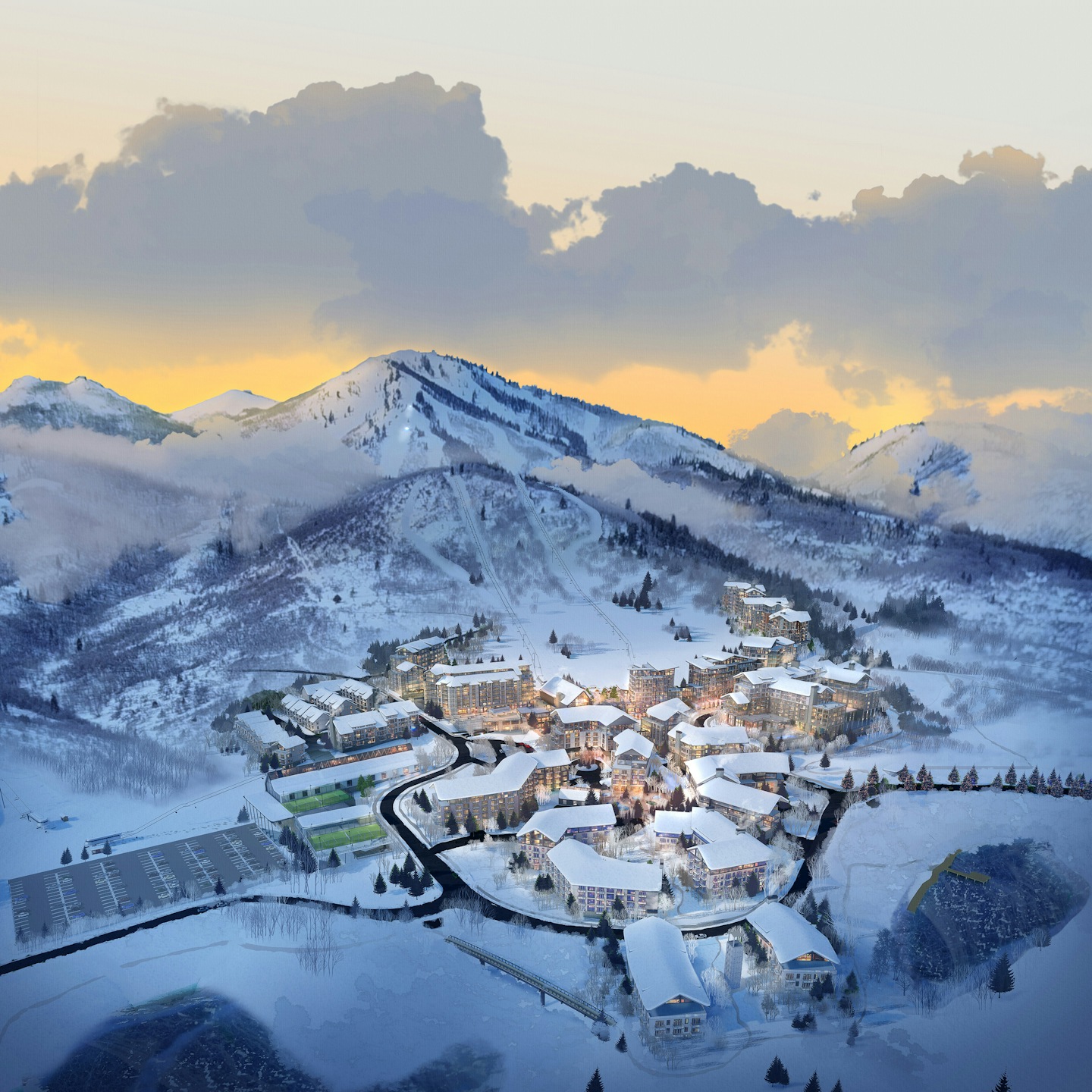
What are three personal things about you that people might be interested to learn?
I am a career mom. It can be done! I have enjoyed my passion for architecture and raising my children. Recently, my daughter, now in college, said, “Mom, I hope I can find something I love to do as much as you love architecture. Then it will not feel like work but mixing my passion with my hobby.” I was in the parent teacher organizations. I planned dances and made posters. I was a swim team mom, a hockey team manager, a volleyball mom, a baseball mom, a Cub Scout mom, and a Destination Imagination coach…. I loved all of it.
I am from Wisconsin. My father was a principal of charter schools that catered to at-risk youth, and my mother was a nurse. My brother moved to Denver shortly after me and is in the construction industry (at Hyder Construction). We took long family vacations in our station wagon and saw every national park we could drive to. My wanderlust for travel started early in life and I still have a passion for exploring the world.
I am licensed to practice Architecture in over 30 states. I enjoy working across the country and creating designs that are ‘of the place’.
In high school, I was on poms and played tennis. I also took auto mechanics and mechanical drafting. At Iowa State, I was one of six women of 66 classmates. I never felt boundaries or let my gender stop me from doing what I loved.
I love making art and getting messy with my hands. I throw pottery and paint with sand and found materials, which is a stress-relief activity for me. I also love to read and my favorite book is Invisible Cities – a series of stories about imaginary places. These stories evoke unique ideas in my imagination, and I love visualizing the ‘places.’ The stories have influenced paintings and pottery pieces.
As you forecast, what does the future hold for your practice area?
Climate Action - The outdoor recreation industry is leading the way in climate change action. We are exploring ways to make buildings more sustainable and environmentally responsible. I embrace this challenge and am so excited for the evolution of our practice to become more based on building science, efficiency in materials and construction practices.
Impact – the hotel industry is shifting focus to the positive impact they can impart upon their communities, including how they can help their employees succeed, connect their guests to the locals and to provide an authentic experience.